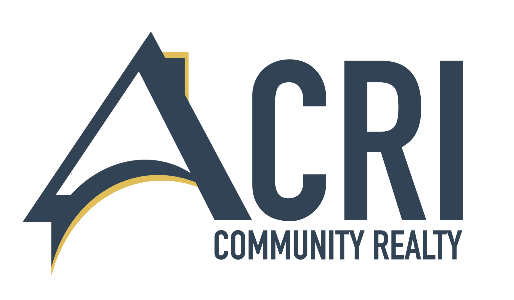How to Build a Well Structured and Funded Reserve Fund
If your community has a big project on the horizon, you will need to review how to finance it.
The most common way to fund repairs is through a well structured and funded reserve fund. Most often reserve funds act as savings accounts for the eventual replacement of items such as roofs, gutters, siding, leaders, paving, sidewalks curbs and the like. The amount of money placed in the reserve account is calculated on the basis of the useful life of the objects to be replaced, and the cost of replacement.
The Anatomy of a Reserve Fund
Let’s say a roof is intended to last 20 years and costs $1,000,000 to replace, then 1/20th the value of the roof ($50,000) should be saved every year for 20 years. That way at the end of 20 years, when the life of the roof comes to an end, the Association should have enough money to replace the roof without needing to make a special assessment.
The Association should evaluate the roofs and other components about every three to five years to see if they will reach, fall short of, or exceed their useful lives. If, for example, the roofs won’t last as long as expected, then more money has to be put into the reserve fund (generally meaning that maintenance fees must be increased).
Facing Low Budget and Reserve Fund Shortfalls
If there are not enough funds in the association’s operating budget or reserves to cover the project’s entire bill, you have a few options.
- Special assessments—even though they’re a one-time fee—can be tough to swallow. You may be chasing after delinquent owners.
- If the association reserve funds are not enough or non-existent consider securing a loan.
Depending on lending rates a loan may very well be an attractive option. Through a loan, a lender is using an assignment of assessments as collateral.Yes, a loan still has to be repaid and, because of interest, will lead to a higher cost to the association than a special assessment. However, a loan means the association will have all the funds up front to complete the project. They will be able to enter into contracts without worrying about whether all owners will pay a special assessment in full, on time and without the delay and cost of chasing delinquent owners. - Can the proposed improvement be cycled in FIFO?Not all issues are of an immediate remediation concern. Complete repairs on the oldest structures first, budget the cost over a specific timeframe and increase dues accordingly to fund the remaining project.
Rinaldo Acri says, “Whether your Association Directors decide to issue a special assessment, use existing earmarked reserve funds, or secure a loan, its the greater good of the association they have in mind.
Ultimately, repair and replacement projects are about improving your home and your community while increasing their longevity – making your community a wonderful place to live for years to come.”








